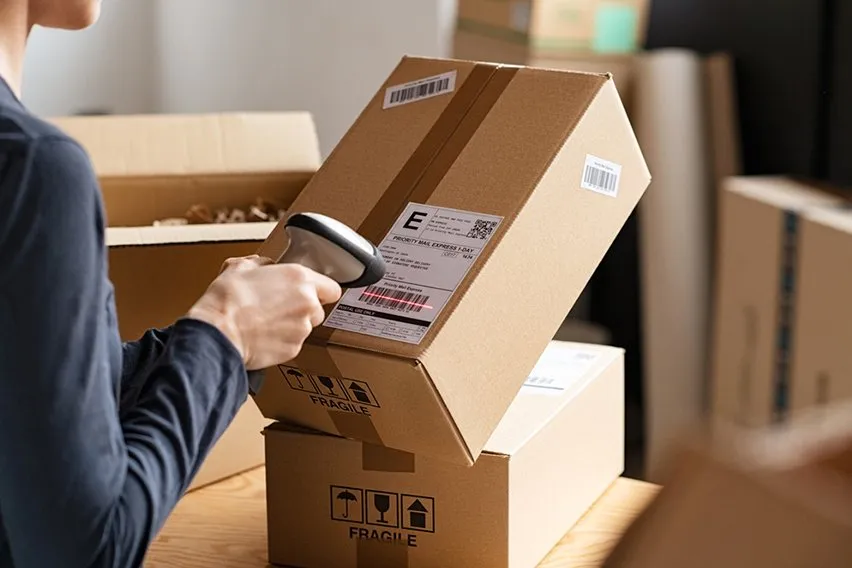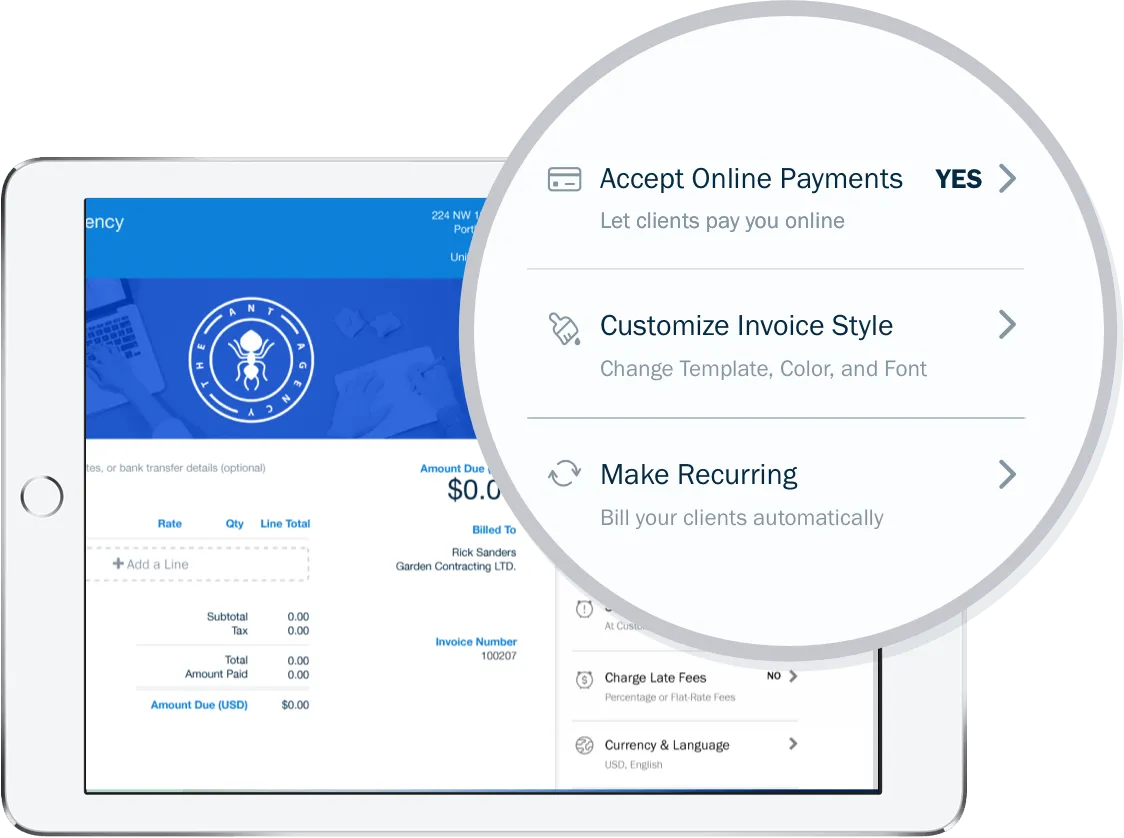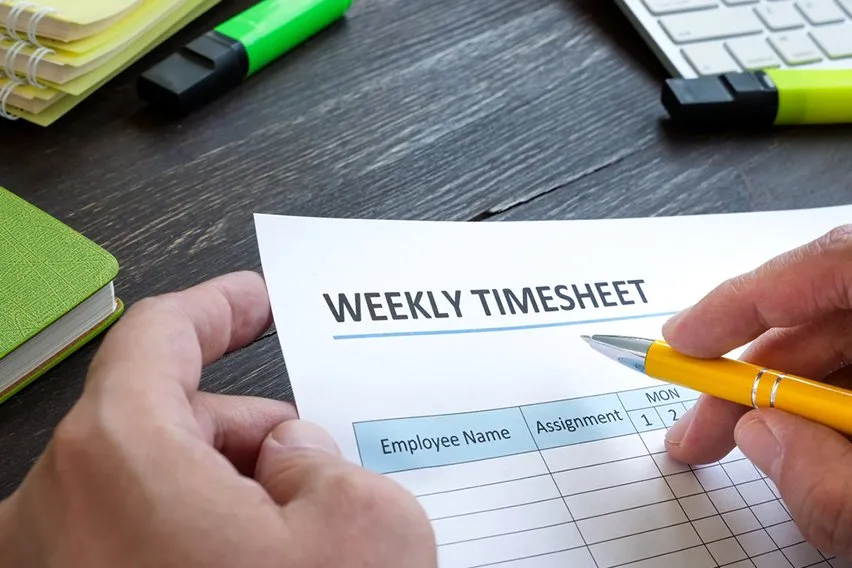What Is an AVS Mismatch & How to Fix It

Transaction declined. Two words will strike fear into any cardholder.
There’s no doubt that declined transactions can be stressful. It’s a difficult and often tense position for any customer or business owner.
There can be a number of reasons for your payment being declined. One such reason is an AVS mismatch.
But what is an AVS mismatch, and how can you fix it? We’ll give you a breakdown of what AVS is and how to fix any errors.
Key Takeaways
- AVS, or Address Verification System, is a credit card fraud prevention mechanism
- An AVS mismatch occurs when the address a customer enters doesn’t match what the bank has on file
- When an AVS mismatch happens, the merchant gets an AVS mismatch error notification
- It’s up to the merchant whether to accept or decline the transaction
- You can fix an AVS mismatch error by reentering information, changing settings, or calling the bank
Here’s What We’ll Cover:
What Is an AVS Mismatch Error?
How Do AVS Mismatch Errors Work?
How to Fix an Avs Mismatch Error
What is an AVS Mismatch?
Address Verification System, or AVS, is a credit card fraud prevention measure implemented on card-not-present transactions. This situation tends to be in e-commerce and phone orders.
AVS requires the cardholder to provide their full billing information and billing address, which is then checked against the account holder’s card information to ensure that there is an address match. If the information is the same, it’s an AVS match. If there is a discrepancy between the billing address provided and the one the bank has on file, this is an ‘AVS mismatch.’

What Is an AVS Mismatch Error?
When the information the cardholder inputs match what the bank has on file, AVS is confirmed, and the transaction is approved. If this information fails and there’s an AVS mismatch, the system will deliver an AVS mismatch error, and the transaction will be declined.
This is done to prevent any fraudulent orders from taking place through the theft of a card or banking information.
As a merchant, you can decide whether to follow the AVS mismatch and refuse suspicious transactions or approve it if it’s a customer you trust.
How Do AVS Mismatch Errors Work?
When a merchant receives an AVS mismatch alert, it doesn’t necessarily mean that the purchase is, in fact, fraudulent.
The AVS mismatch filters vary by issuer and credit card company, meaning it can often be difficult to pinpoint the source of the AVS mismatch error.
When an order is placed online, the payment processor sends a request for AVS approval. This process is to determine if there is a billing address that matches what the user has on file.
If there is a correct address match, the payment process will be authorized, and the transaction can take place. If the billing address does not match, then the payment process will be denied, and no funds will leave the user’s account.
When an online payment is initiated, the merchant will receive one of three AVS codes that signal the type of match. These codes include a full AVS match, a partial AVS match, and an AVS mismatch.
Depending on the level of risk, a merchant can decide which type of AVS mismatch codes they want to accept or reject.

How to Fix an Avs Mismatch Error
Business owners will want to make sure that they aren’t turning away legitimate customers. There are a number of steps you can take to manage an AVS mismatch. These include:
1. Trust
Customers can become unhappy if a transaction is flagged. So if it is a recurring customer who is trying to purchase something, you can decide to trust them and allow the payment to continue. Of course, this would be at your discretion as it could well be a fraudulent transaction.
2. Reach Out
When in doubt, it is sometimes worth simply reaching out to a customer to verify their details and determine whether or not it was a simple mistake. Doing this can show that you are trying to protect your customer against credit card fraud as well as protect your business.
3. Try Again
In the same vein of “turning it off and on again,” sometimes simply retrying the transaction can solve an AVS error.
4. Rework Your Filters
It is certainly possible that legitimate transactions can get flagged by an AVS filter.
By working with a payment processor that has strong AVS filters, you can ensure that they are properly screening orders and flagging fraudulent transactions.
How Freshbooks Can Help Manage AVS Mismatches
Offering a streamlined system makes the payment process easier for your clients and for you. FreshBooks’ invoicing software lets you create and send invoices directly to your customers and lets them pay online with the same system. Various payment options, including credit card payments, allow your clients to choose the method that works best for them. FreshBooks’ payments help you streamline your payment process to reduce the risk of AVS mismatches occurring, creating a smooth checkout for everyone. Sign up today for your free trial to discover how FreshBooks can support your small business payment processing.

Conclusion
Online fraud is something that has to be taken seriously. If your customers experience fraud through your website, your business can take a huge reputation hit from which it may not recover.
By properly managing your AVS filters, you can do your best to ensure that you flag suspicious transactions and give your customers a safe and seamless experience.
Are you looking for more business advice on everything from starting a new business to new business practices? Check out the FreshBooks resource hub to learn more about accounting for freelancers and small businesses, then try it free for downloadable invoicing templates, accounting support, payment resources, and more.
FAQs on AVS Mismatch
What does AVS mean on a debit card?
AVS, or Address Verification System, is a process that checks whether the billing address you put in matches the address the bank has on file for your card. If the addresses match, then the payment should clear; if the system detects a mismatch, then you’ll receive a notice for an ‘AVS mismatch error.’
Why does my billing address not match?
If you receive a notification that your billing address doesn’t match, try double-checking the information you entered to make sure there are no spelling or numerical errors in your address. If the address is correct and you still receive AVS errors, contact your credit card issuer to make sure the information on file is updated and correct.
How do I disable AVS?
While you can’t disable AVS, you can choose to ignore or override an AVS mismatch alert. This allows you to accept a customer payment even if you receive an AVS error notification.
What is an AVS number on a credit card?
AVS, or Address Verification System, is a security check method on your credit card to verify that the address you input matches the one your bank has on file. The intention is to prevent fraudulent purchases in case credit card or bank account information is stolen.
Who is responsible for AVS response?
When an AVS mismatch occurs, the error alert comes to the merchant, so it’s their responsibility to decide how to respond. You can choose to accept the risk and override the error to proceed with the transaction or follow the error and decline. Alternatively, you can let the customer know there was an error and ask if they want to double-check their information.
Reviewed by
Jami Gong is a Chartered Professional Account and Financial System Consultant. She holds a Masters Degree in Professional Accounting from the University of New South Wales. Her areas of expertise include accounting system and enterprise resource planning implementations, as well as accounting business process improvement and workflow design. Jami has collaborated with clients large and small in the technology, financial, and post-secondary fields.
RELATED ARTICLES


 What Is a Decision Matrix & How to Use It for Business
What Is a Decision Matrix & How to Use It for Business How to Fill Out a Timesheet of Employees Correctly
How to Fill Out a Timesheet of Employees Correctly What Is a Warehouse? Definition & Important Elements
What Is a Warehouse? Definition & Important Elements 3 Better Alternatives to SWOT Analysis for Business Planning
3 Better Alternatives to SWOT Analysis for Business Planning What Is Multi-Channel Retailing and How to Build It?
What Is Multi-Channel Retailing and How to Build It? Definitions of Supply Chain Management and Guide
Definitions of Supply Chain Management and Guide